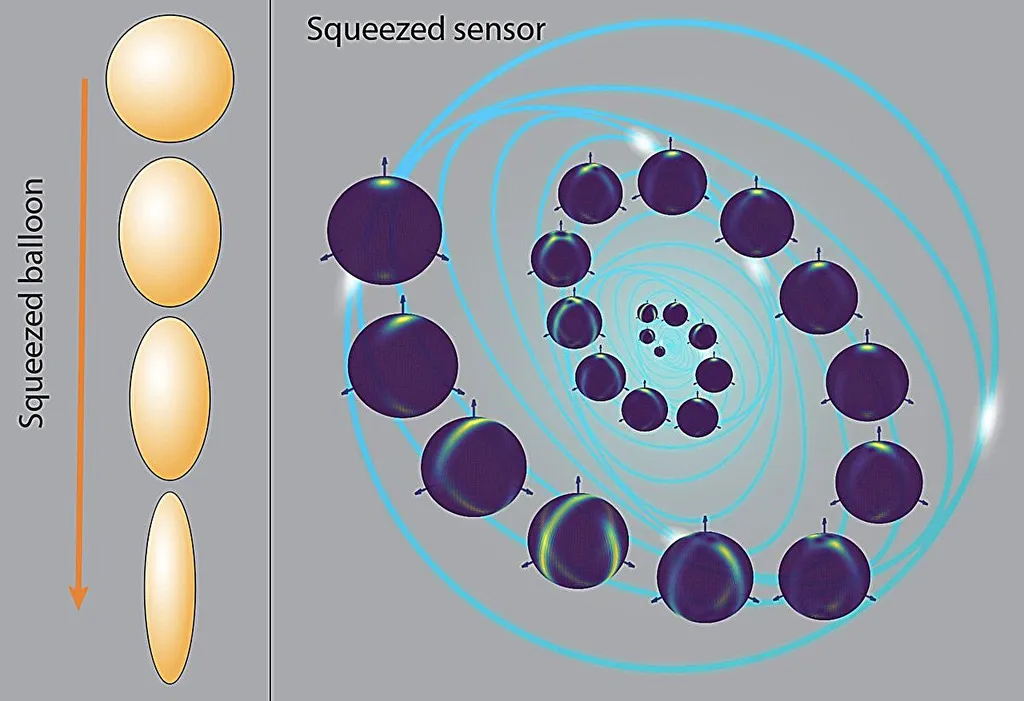In a groundbreaking development poised to revolutionize quantum technologies, researchers have unveiled a novel method to amplify two-mode squeezing in nanomechanical resonators. This advancement, spearheaded by Muhdin Abdo Wodedo from the Department of Applied Physics at Adama Science and Technology University in Ethiopia, harnesses the power of parametric amplification and two-tone laser controls to push the boundaries of quantum metrology and information processing.
Quantum squeezing, a phenomenon where quantum noise is reduced in one observable at the expense of increased noise in the conjugate observable, is crucial for enhancing the precision of measurements and improving the efficiency of quantum information protocols. Wodedo’s research, published in the IEEE Transactions on Quantum Engineering (translated to English as IEEE Transactions on Quantum Engineering), demonstrates a significant leap in this domain.
The proposed scheme employs red-detuned laser drives to cool nanomechanical resonators down to their ground state, facilitating optimal quantum state transfer in the weak-coupling resolved sideband regime. “By using red-detuned lasers, we can effectively cool the mechanical resonators, which is a critical step in achieving high-precision quantum states,” Wodedo explains.
The innovation doesn’t stop there. The research introduces blue-detuned lasers in the driving pairs to induce displacement squeezing in mechanical resonators. This cooperative mechanism amplifies two-mode mechanical squeezing, with the quantum state transfer of squeezing in nanomechanical resonators and the intracavity correlated photons of the parametric amplifier playing pivotal roles.
The implications for the energy sector are profound. Enhanced quantum metrology can lead to more precise sensors and measurement devices, which are essential for optimizing energy production and distribution systems. “The ability to amplify two-mode squeezing opens up new possibilities for developing ultra-precise quantum sensors that can operate in real-world conditions,” Wodedo notes.
Moreover, the resilience of this method to thermal noise makes it particularly attractive for industrial applications. As the world moves towards more efficient and sustainable energy solutions, technologies that can operate reliably in noisy environments will be invaluable.
This research not only advances our understanding of quantum mechanics but also paves the way for practical applications that could transform the energy sector. By amplifying two-mode squeezing in nanomechanical resonators, Wodedo and his team have unlocked new potential for quantum technologies, bringing us one step closer to a future powered by quantum innovation.
As the field continues to evolve, the findings published in the IEEE Transactions on Quantum Engineering (translated to English as IEEE Transactions on Quantum Engineering) will undoubtedly serve as a cornerstone for future developments, inspiring further exploration and innovation in quantum engineering.

